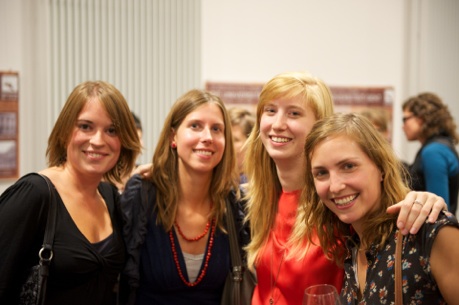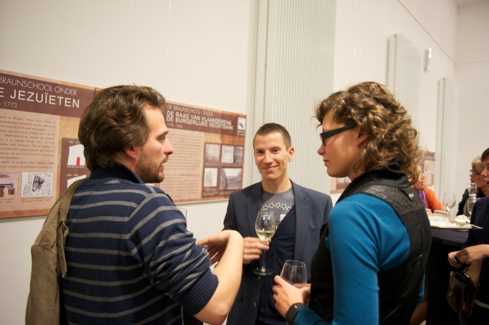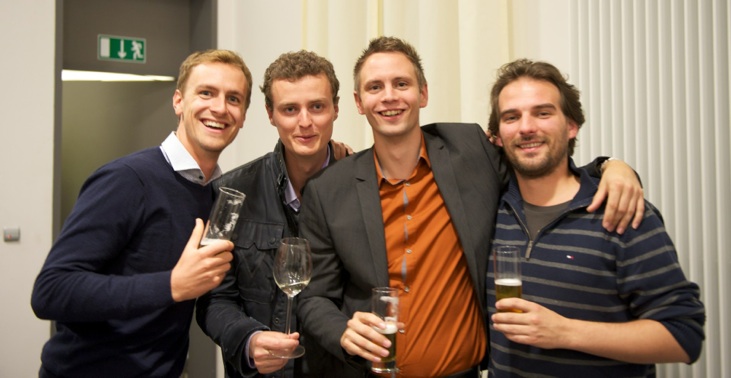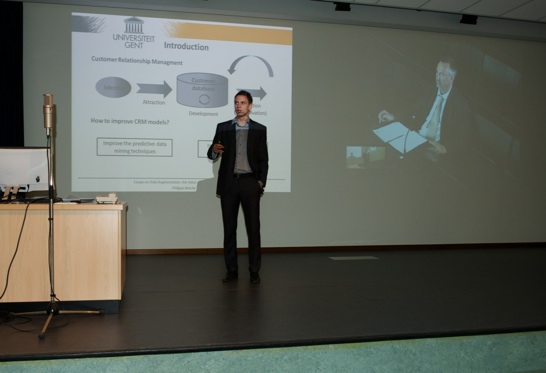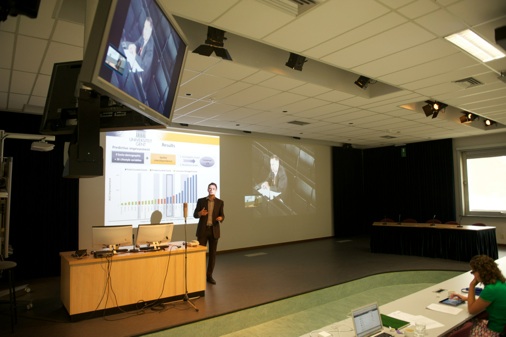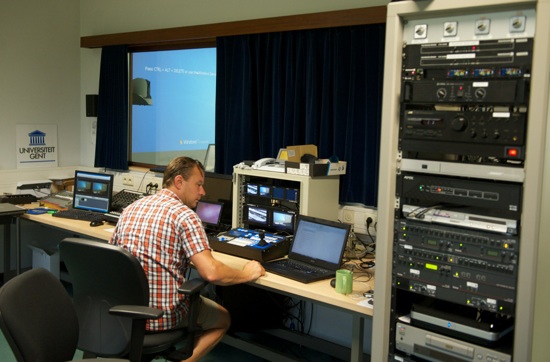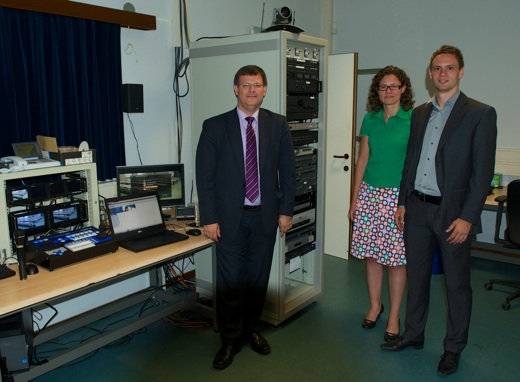Philippe Baecke’s Public PhD Defense on Data Augmentation

Today, Philippe Baecke, graduate of the Master of Science in Marketing Analysis class of 2007, defended his PhD titled “Essays on Data Augmentation: The Value of Additional Information” at Ghent University (Advisor: Prof. Dr. Dirk Van den Poel). In the picture above, the entire PhD exam board is shown (from left to right): Prof. Dr. Martin Natter (University of Frankfurt), Prof. Dr. Bart Baesens (KU Leuven), Prof. Dr. Marc De Clercq (Dean of the Faculty of Economics and Business Administration of Ghent University), Dr. Philippe Baecke, Prof. Dr. Anita Prinzie (UGent, Solutions 2), Prof. Dr. Dirk Van den Poel (Promotor, UGent), Prof. Dr. Patrick Van Kenhove (Chairman of the Department of Marketing and Vice-Dean of FEB). Most of the research papers discussed in his dissertation are situated in the CRM discipline of customer acquisition. Compared to customer development and customer retention models, customer acquisition models suffer the most from a lack of data quality. Since company databases typically contain only information about their own customers, the information used for customer acquisition is mostly limited to socio-demographic variables and, in the best case, added with lifestyle variables obtained from an external data vendor. Particularly in such a situation, creatively including other data types can significantly improve the predictive performance of a CRM model.
We are very grateful to the late Mr. Alain Pletinckx (WDM Belgium) for initiating the research. This PhD was funded by WDM Belgium and Belgian Icecream Group (with their well-known brands IJSBOERKE, MIO, Artic).
Friday 21 September 2012

In his first paper, Philippe Baecke presents a study related to the work by Lix et al. (1995), in which surveyed data of a limited number of respondents is linked with a commercially available database using predictive data mining techniques. Though, in comparison to the study of Lix et al. (1995), this first paper applies a more modern data mining technique to extrapolate the surveyed constructs. Since the extrapolation of surveyed data is typically based on a limited number of observations compared to the number of independent variables, overfitting is likely to occur. Therefore this study uses random forests, a data mining technique proposed by Breiman (2001) that grows an ensemble of decision trees by combining random feature selection and bootstrap sampling techniques. This methodology has been argued to have excellent properties to avoid this problem of overfitting. Further, where Lix et al. (1995) mainly focused on comparing the predictive performance of the different extrapolation methodologies, the focus of this research is on the added value of the extrapolated variables itself. The study proposes a methodology for external data vendors to create commercial variables, called spending pleasure variables, based on surveyed purchasing behavior and attitudinal data. This methodology is applied in 26 product categories, creating spending pleasure predictions for more than 3 million respondents. Moreover, in contrast to Lix et al. (1995), the added value of these variables are evaluated in a customer acquisition model for a magazine publisher.

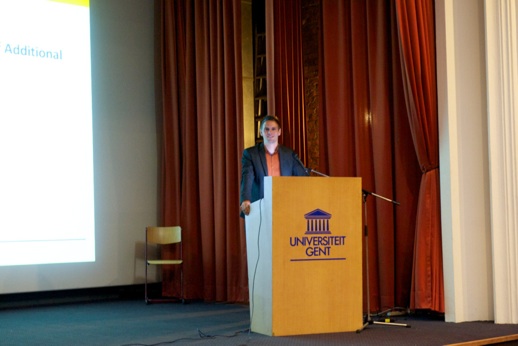



The second paper points out that the purchasing behavior of a customer does not only depend on the
characteristics of the individual, but can also be influenced by situational factors during the purchase occasion itself. The existence of situational influences during a customer’s purchasing behavior has already been proven by (Belk, 1975), but this dissertation investigates in a predictive CRM context how situational variables can add extra predictive value on top of traditional RFM variables. Three dimensions of situational variables will be examined: physical surroundings, temporal perspective and social surroundings respectively represented by weather, time and salesperson variables.
The third paper is positioned in the field of data augmentation with spatial information. This study is
related to the research of Yang & Allenby (2003) that uses an autoregressive approach to take the
interdependence between neighboring customers into account. Similar to Yang & Allenby (2003),
an autologistic regression model is applied to incorporate these effects. In addition, this study investigates how the chosen granularity level on which these spatial effects are measured can have an effect on the predictive improvement of the model. Since these effects can have several origins (i.e. social influence, homophily and exogenous shocks), this study indicates that the autocorrelation between customers’ behavior can be split into several parts, each optimally measured at different levels of granularity. Therefore, a model is introduced that simultaneously incorporates multiple levels of granularity in order to improve a customer identification model of a Japanese car brand. Further, also the effect of the sample size on these models is examined in detail.
The fourth paper also investigates the incorporation of spatial interdependence in CRM models. Firstly,
methodologically, this study compares the predictive performance of two models that are able to
include spatial interdependence based on a geographic variable that groups customers into mutually exclusive neighborhoods. Besides an autologistic regression model as used in the research of Yang & Allenby (2003), Steenburgh et al. (2003) demonstrated that also a generalized linear mixed model is able to incorporate this effect. Secondly, besides comparing the predictive performance of two models, this study also examines the added value of incorporating spatial interdependence over several product categories, such as publicly consumed durable goods, privately consumed durable goods and even consumer packaged goods.
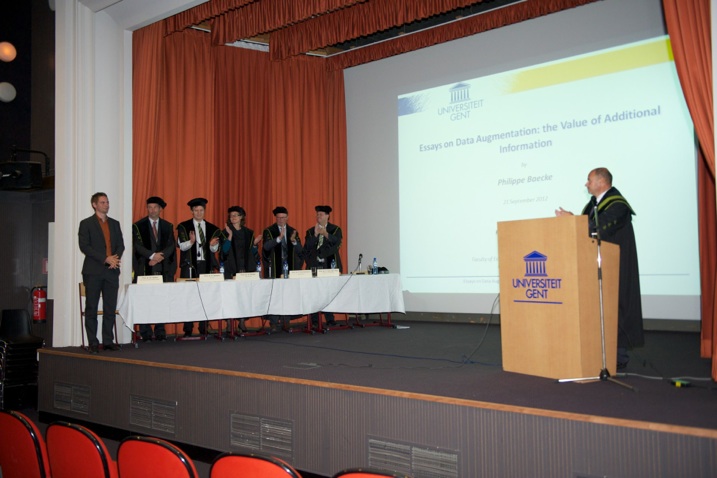
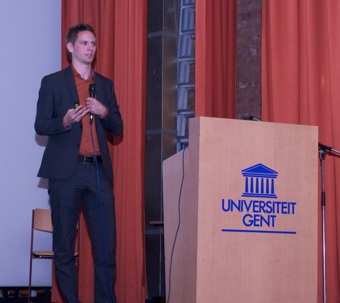
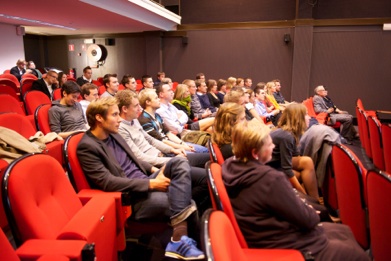
After a successful PhD defense, the chairman of the exam board (our Dean) awards Philippe his much-deserved PhD certificate (see picture below). Next, it was time for the laudatio by yours truly, followed by words of gratitude by Dr. Philippe Baecke.
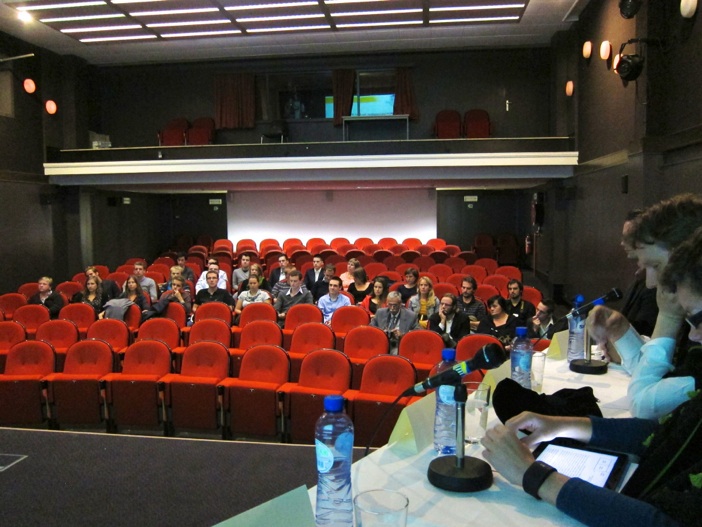
Next, Dr. Philippe Baecke invited everybody to a nice reception. It’s always a nice get-together with current, former, and even future PhD students. In a few days, Dr. Philippe Baecke will start as assistant professor at Vlerick Business School. Congratulations!
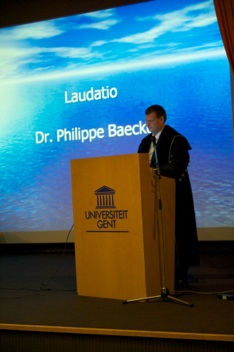

A special thank you to Jeroen D’Haen for taking the excellent pictures above...
For the first time, we used video conferencing (with the University of Frankfurt) during Philippe Baecke’s pre-defense. See pictures below.
